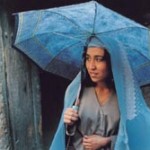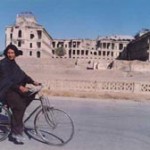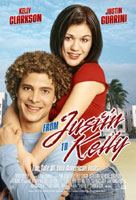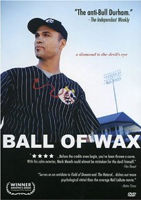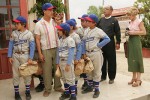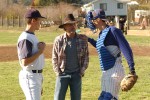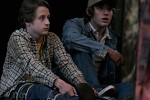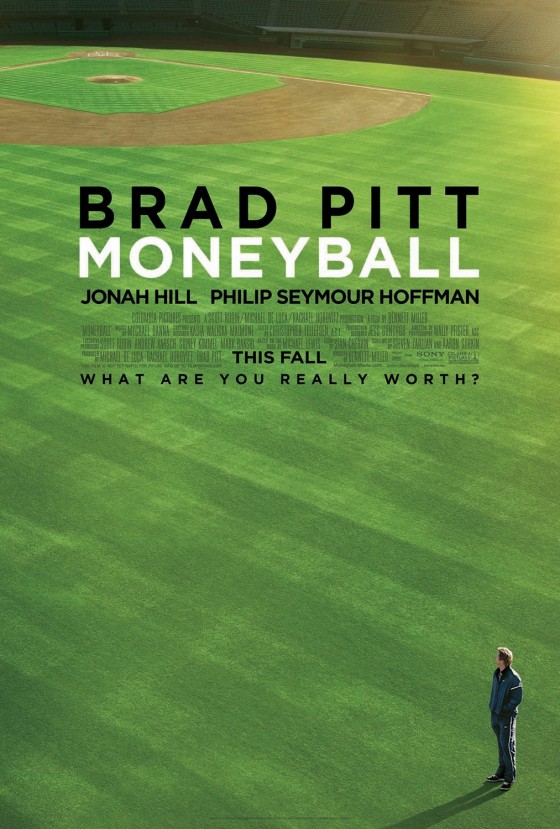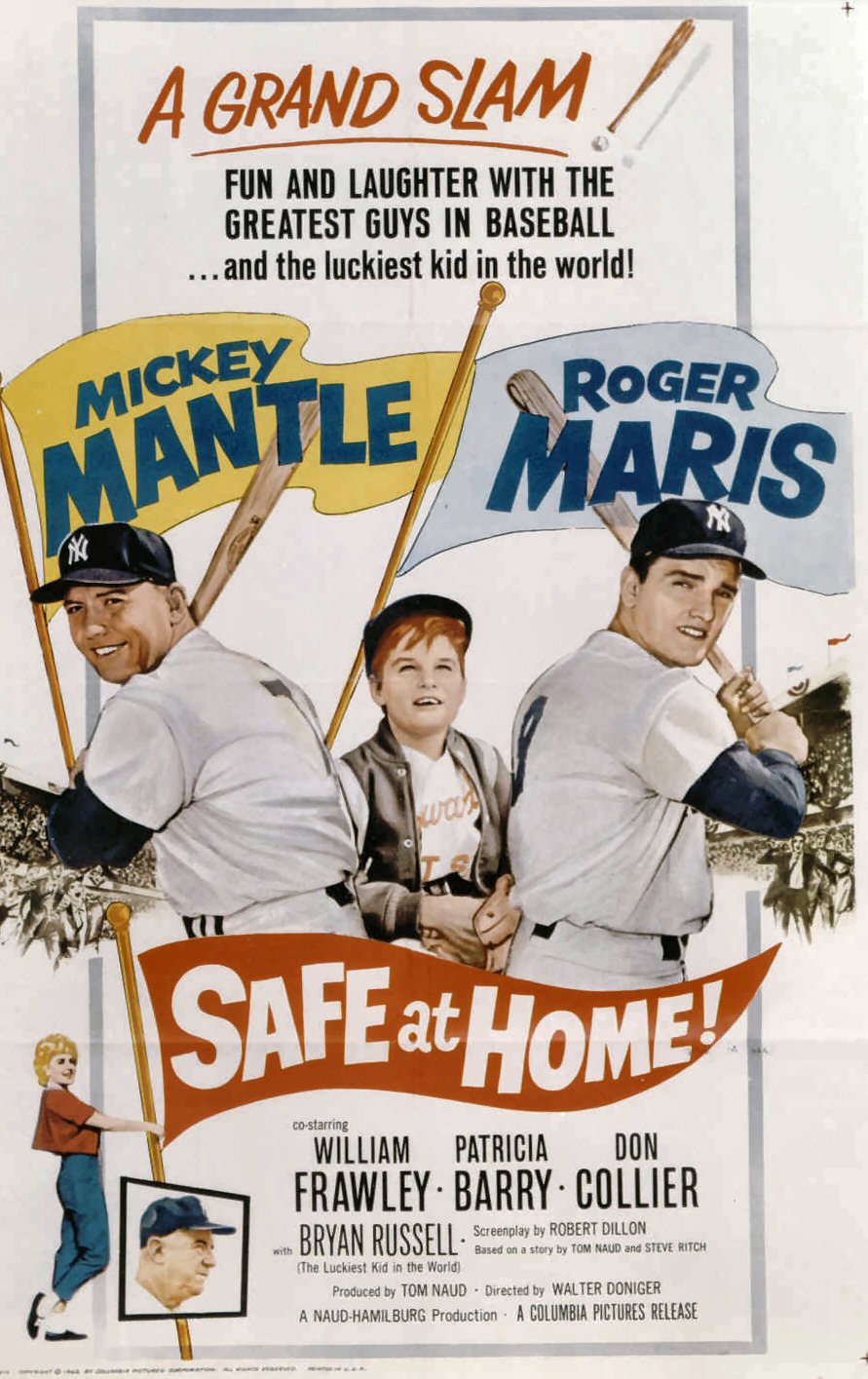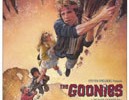If you are reading this review right now, feel lucky. No matter how you might think your life is at this very moment, you’ve got much to be thankful for. Why? Because you don’t live in Afghanistan where, according to Samira Makhmalbaf’s At Five In the Afternoon, there is no hope even with the Taliban out of power.
At Five in the Afternoon is the first feature film to be made in Kabul, Afghanistan after the fall of the Taliban regime. It has a neorealist quality that traces the hardships facing the Afghani people, even if the ultra-strict rulers have now given way to international peace keepers. Eventually someone will emerge as the country’s president and Noqreh (Agheleh Rezaie), a young forward-thinking female, hopes to be the one. But first she, like everyone else in Afghanistan, have to survive. Her and her family have been forced to become nomads. When one building becomes overcrowded they move on like the Joad family in Steinbeck’s The Grapes of Wrath. At one point they end up in an abandoned plane. Even there they are joined by many others and forced out.
Noqreh’s father (Abdolgani Yousefrazi) is a relic of the Taliban. He is a disciplined religious man who is a believer in the ways of old. He thinks women will be condemned to Hell if they show their face. And if they must talk to a stranger, he advices them to stick their fingers in their mouths so they sound more manly. Life certainly is a little different than here in the West. But Noqreh is thinking ahead to a better tomorrow – at least in theory. A pair of high heels is her act of rebellion of choice. Although the thought of a female Afghani president might also seem odd, there are few men left as the country has been riddled with war for decades. Poor and all but homeless, what are these people to do?
I’m not normally a fan of blatantly political films but this one works. The politics are placed in context of the story rather than using the politics to tell the story. Makhmalbaf makes it clear that this is a story set in Afghanistan and for most living there right now, this is a reflection of what one might expect. There are times where the dialogue becomes overly symbolic for its own good, but not so much that it’s worth more than a mention.
There are many parts of the world I suspect I will never see and Afghanistan is one of them. So I turn to movies as a cheap vacation. The barren landscape only adds to the hopelessness felt by many of the people there. There’s little to no vegetation except the occasional sparse brush that pokes lightly though the dry ground. The cityscapes are collections of bombed out buildings that are filled with homeless people in every corner. Whether they’re markers of the ambiguous ‘War on Terrorism’ or from other times is never mentioned. Either way, they are constant reminders of a country at loss. Even amid all of the destruction, Makhmalbaf finds beauty in it. Whether it’s girls’ powder blue veils flowing in the desert winds or simple shots of the sandy roads, there is much to admire visually.
The cast is a collection of inexperienced actors and in many points it shows through stumbled lines. While normally this would pose as a bad thing, it only adds to the authenticity. One scene early in the film stands out in particular. While at school Noqreh gets in a heated debate with the other girls in her class over whether or not women should be allowed to run for president. Each provide eloquent arguments, complete with pauses. This reflects how the mind works while on the fly. Ideas rarely emerge in perfect order. They require careful thought and formulation. But the act of speech puts words out instaneously. I know I’ve said things I shouldn’t have or struggled to find the right words. This scene perfectly reflects this. The pauses are brief and noticeable only because of the intensity of the rest of the statements. It’s a memorable scene that ranks among the best I’ve seen this year.
At Five in the Afternoon is a powerful movie that is far from uplifting. It’s not meant to be. Makhmalbaf wants to reflect what’s happening in Afghanistan today. To that end this is a timely piece. Whether or not it remains as such as the years go by will only be known as history rolls itself out.
At Five in the Afternoon Gallery

